Man may consider himself the king of nature. But compared to the largest animals in the world, humans are nothing more than little ones. Let's take a look at the largest giants that still roam planet Earth.
15. Giant flying fox

The largest bat on Earth. These bats live in the Philippines. The fox's body size is about 55 cm, weight is 1.5 kg, but its wingspan is very impressive - up to 1.8 meters.
14. Belgian Flanders Giant

A domesticated form of hare (rabbit). The main selection was carried out in the meat and skin direction, which left its mark on its size. This is the largest breed of rabbits. Their average weight is 10-12 kg, the maximum recorded is 25 kg.
13. Chinese giant salamander
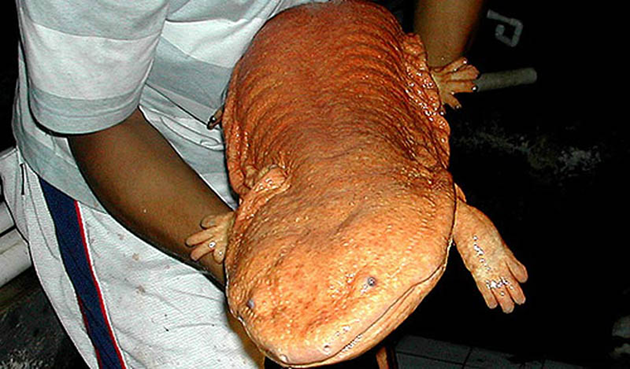
The largest amphibian on Earth. The salamander reaches 180 cm in length. These amazing creatures live in China, where their meat is considered a delicacy, so few salamanders grow to their maximum size.
12. Capybara

The largest rodent on Earth. These cute little animals live in South America. Adult capybaras grow up to 1.5 meters in length and can weigh up to 105 kg. By the way, these rodents are happy to live next to humans.
11. Giant Green Anaconda

This close relative of the python is the largest snake on Earth. It lives in the tropics of South America. The maximum recorded body length is more than 7.5 meters, and the weight is 250 kilograms. The Asian python exceeds the anaconda in length, which is 9.7 meters, but loses in weight.
10. Polar bear

To find the largest bear in the world, you need to go to the Arctic. There, among the snow and ice, live the majestic polar bears - the living embodiment of the formidable forces of nature.
The Inuit call polar bears "nanuk," which means "respected."
At birth, a newborn polar bear cub weighs only 700 grams. And the milk it feeds on has more fat than the milk of other bear species. Just two months after birth, the cub weighs 10 kg.
Up to the age of one and a half, he is accompanied everywhere by his caring mother. And at the age of two, when many human children still have difficulty walking and soil their diapers, the young polar bear has already gained its normal weight and is capable of killing a bearded seal, a ringed seal, or even a person if the latter is not careful enough.
Even for the world's largest bear, finding food can be a challenge. Less than two percent of polar bear hunts are successful, so half of their lives are spent looking for food.
9. Saltwater crocodile
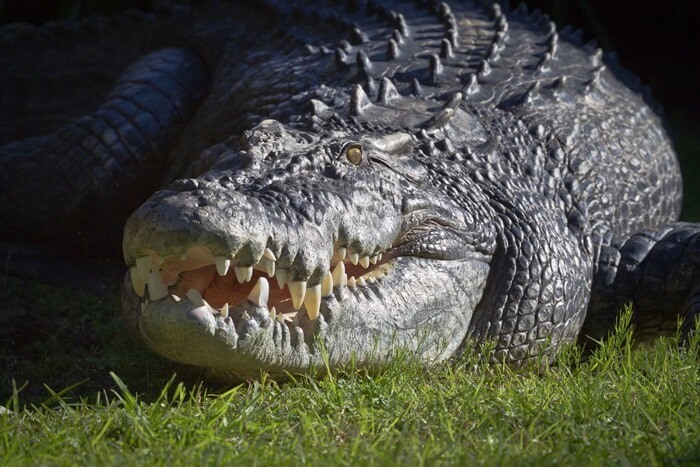
Most of the largest animals are not distinguished by their peaceful nature. But even among them, saltwater crocodiles stand out for their aggressiveness and bloodthirstiness. The most terrible animal in the world even got into the Guinness Book of Records for the fact that together with its relatives it ate a thousand Japanese soldiers during the Second World War.
But saltwater crocodiles can hardly be counted among the allies, because they would just as happily feast on Russian, American and any other soldiers.
8. Giraffe
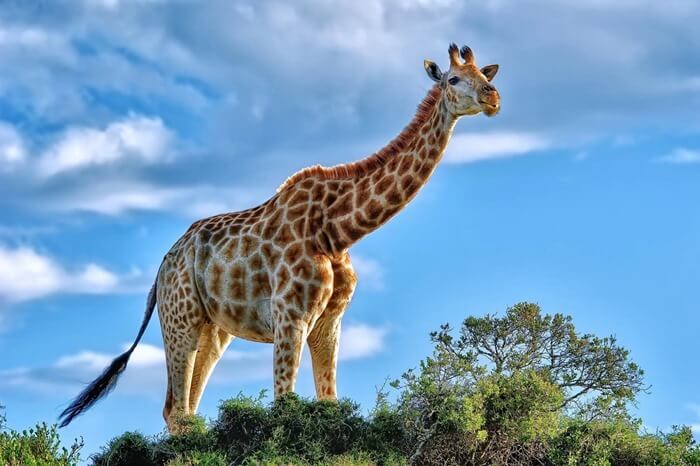
Among the largest animals in the world, giraffes immediately stand out for their long neck. Thanks to it, they are the tallest land creatures on the planet. The neck makes up 1/3 of the animal's body length and, at the same time, consists of only seven cervical vertebrae, like most other mammals.
Giraffes can be safely said to have a big heart. It weighs 12 kilograms and creates pressure that would terrify any hypertensive patient. What the body will do to ensure that blood reaches the brain.
Giraffes are also famous for their long tongue. Only they don't need it for gossip, but to eat leaves from the tallest trees in the African savannah. This organ can be as long as 45 centimeters.
7. Hippopotamus

Sub-Saharan Africa is home to the world's third-largest land animal. But hippos aren't big on walking on land. They're semi-aquatic, meaning they spend most of their day in rivers and lakes. That's how they keep their hairless bodies moist in the scorching African sun. If a hippo can't get into cool water, its skin will crack.
Female hippos began giving birth underwater long before it became a fashionable trend in the human world. Incidentally, hippos are one of the few mammals whose babies can suckle while underwater.
In most European languages, the hippopotamus is called a "hippopotamus." This word comes from Latin (which in turn comes from Greek) and means "river horse." Of course, this massive creature cannot be compared with the most beautiful horses, but it is very fast and agile in the water.
6. Southern elephant seal

Among the largest animals on our planet there are two elephants, one of which is a land animal and the other is a sea animal.
This seal got its name from the leather pouch on its nose, which inflates into a large ball when it is restless or during mating fights.
5. White Rhinoceros
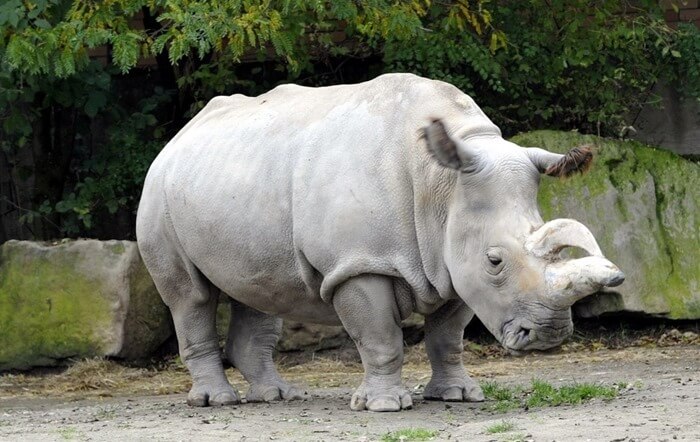
An old joke about the rhinoceros is that it has poor eyesight, but at such a large size this is not a problem. And indeed, these giants do not rely on their eyesight much. And even hearing plays a secondary role. But the white rhinoceros has a very well-developed sense of smell. So do not approach it from the windward side.
By the way, unlike their smaller cousins, black rhinoceroses, white ones usually run away when they see a person. But black ones rush to attack.
Due to the uncontrolled extermination of white rhinos, the northern subspecies disappeared. This happened as recently as 2018, when the last male named Sudan died. So now we can only admire the photos of these largest animals in the world.
But the southern population still exists. But the question is: for how long?
4. African savanna elephant

Here is a seven-ton answer to the question of what is the largest land animal. Thanks to its size and body weight, the elephant got into the Guinness Book of Records as the largest land mammal. Among the savanna elephants there are also heavyweights. For example, in Angola in 1974, an elephant weighing 12.2 tons was shot.
Like their smaller cousins, African elephants can use their trunks (which have over 40,000 muscles) to lift anything up to 180 kg. Unfortunately, the largest land animal does not have the largest population. Poaching kills 25,000 elephants each year.
3. Great Whale Shark
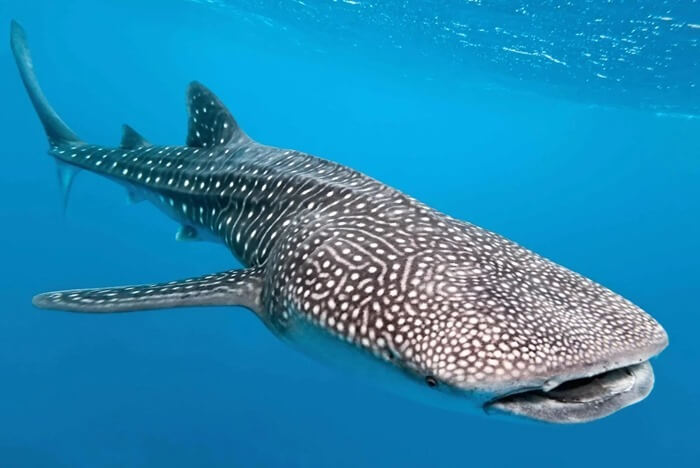
It seems strange that the largest shark in the world is not the most fearsome representative of the shark species. It does not even hunt whales, despite its name. Unlike most of its predatory brethren, the large whale shark is content with plankton for breakfast, lunch and dinner.
This sea giant does not swim very fast, and pays almost no attention to people swimming nearby. This allows divers, if they wish, to ride on the back of a whale shark.
In videos of the world's largest animals, people can often be seen swimming with whale sharks.
2. Sperm whale

One of the best ways to spot a sperm whale in the ocean is by its massive head. Sperm whales have the largest brain of any living creature on Earth, weighing up to 7.8 kg.
But it's the fact that their heads are filled with spermaceti that makes the biology of these creatures so fascinating. The spermaceti sac accounts for 90% of the weight of a sperm whale's head.
Scientists believe that spermaceti is what helps these huge toothed whales dive and rise from the depths. There must be something that keeps all 40 tons of sperm whales afloat!
1. Blue whale
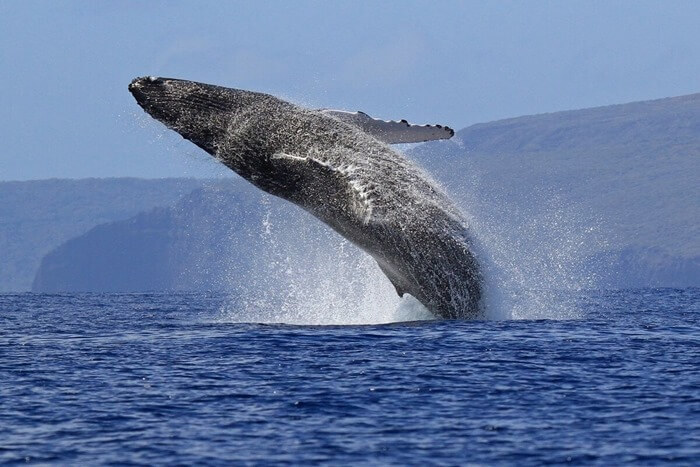
The largest animal on Earth is a majestic, carnivorous sea creature that weighs a whopping 150 tons and is 33 meters long. And that's just an average, as whalers have encountered 180-ton and even 190-ton whales.
The blue whale's heart is one and a half meters long, weighs about 180 kilograms, and its aorta is wide enough for a baby to swim through.

However, despite their gigantic size, blue whales are not dangerous to humans. They do not attack swimmers and feed on krill, small crustaceans, cephalopods and fish.
But humans are the blue whale's most dangerous enemy. Due to active whaling and severe pollution of the seas, the largest animal in the world almost disappeared. In 1693, only 5,000 individuals remained. And although the blue whale population has now grown to 10,000 individuals, it is still on the verge of extinction.








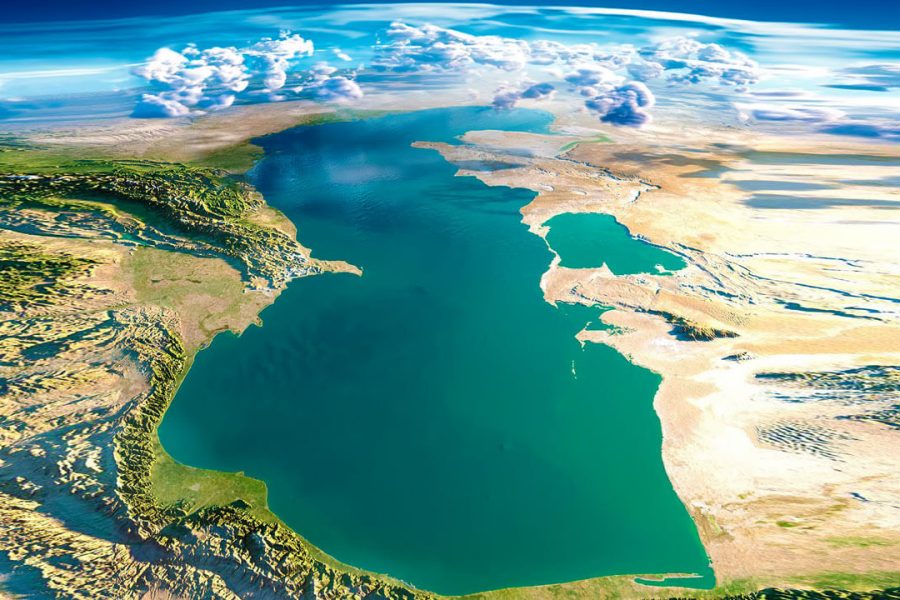
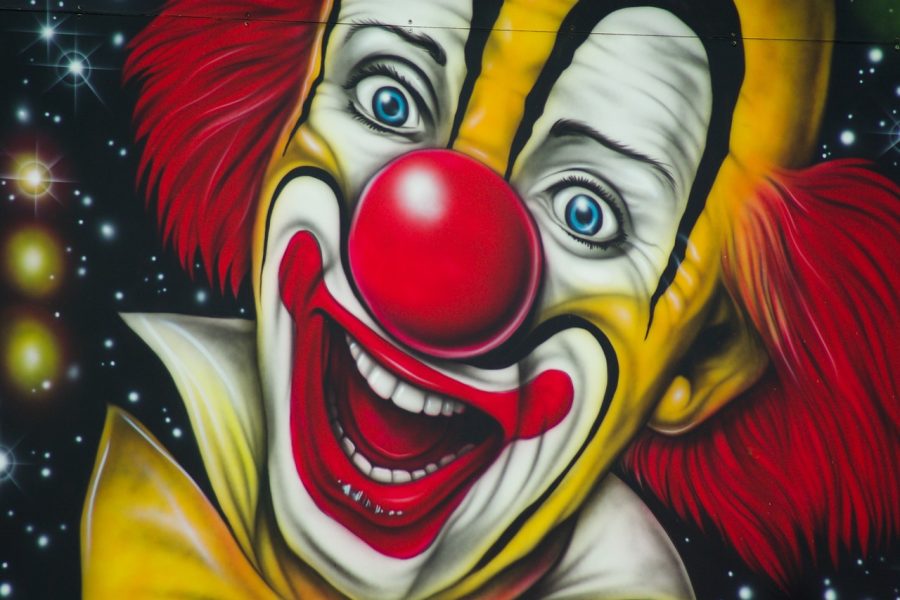




Оставить Комментарий